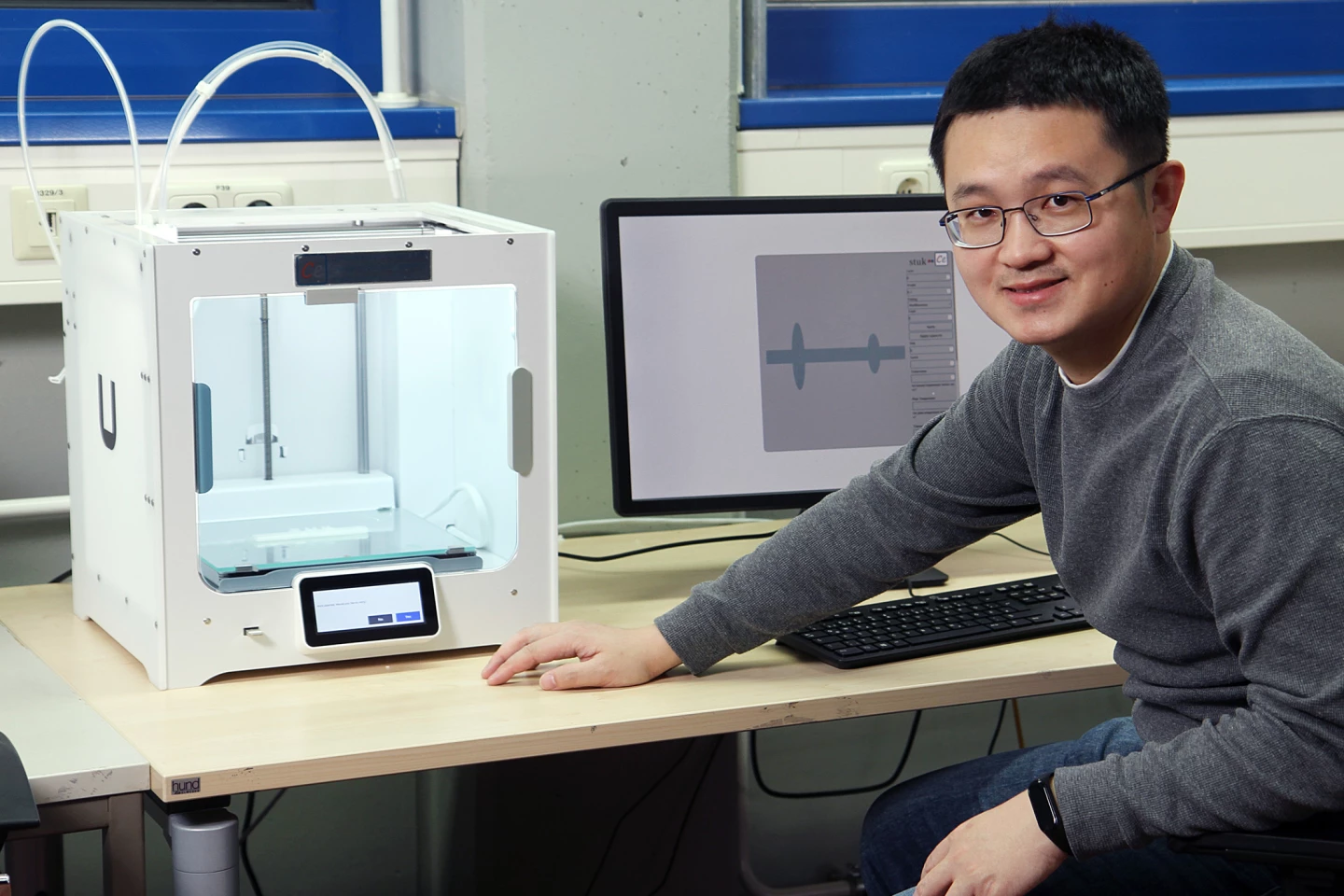When most people think of 3D printing, they think of melt deposition molding (FDM), which uses a continuous layer of molten thermoplastic to build an object A new computer system can adjust this process to build more structurally robust items

One of the problems of the existing FDM technology is that when the new molten plastic layer is extruded from the print nozzle, its temperature is significantly higher than that of the previously extruded layer, which has had some time to cool. If the temperature difference between the two layers is too large, they may not fuse properly. The wrong joint between the layers will form a thin weakness in the finished product.
To solve this problem, a team from Germany's Kaiserslautern University of Technology (tuk) developed experimental software. Considering the planned shape and size of the object and the type of plastic, the system will automatically adjust parameters such as printing speed and nozzle temperature according to which part of the object is currently being printed. For example, in areas where strength is particularly important, it will ensure that the temperatures of adjacent layers are as close as possible.
In laboratory tests, microscopic imaging showed that items printed with the new system were structurally stronger than other identical items printed traditionally.
"The purpose of our technology is to optimize the properties of materials," said Alexander schlicher, a tuk researcher. "Similar processes do not yet exist."